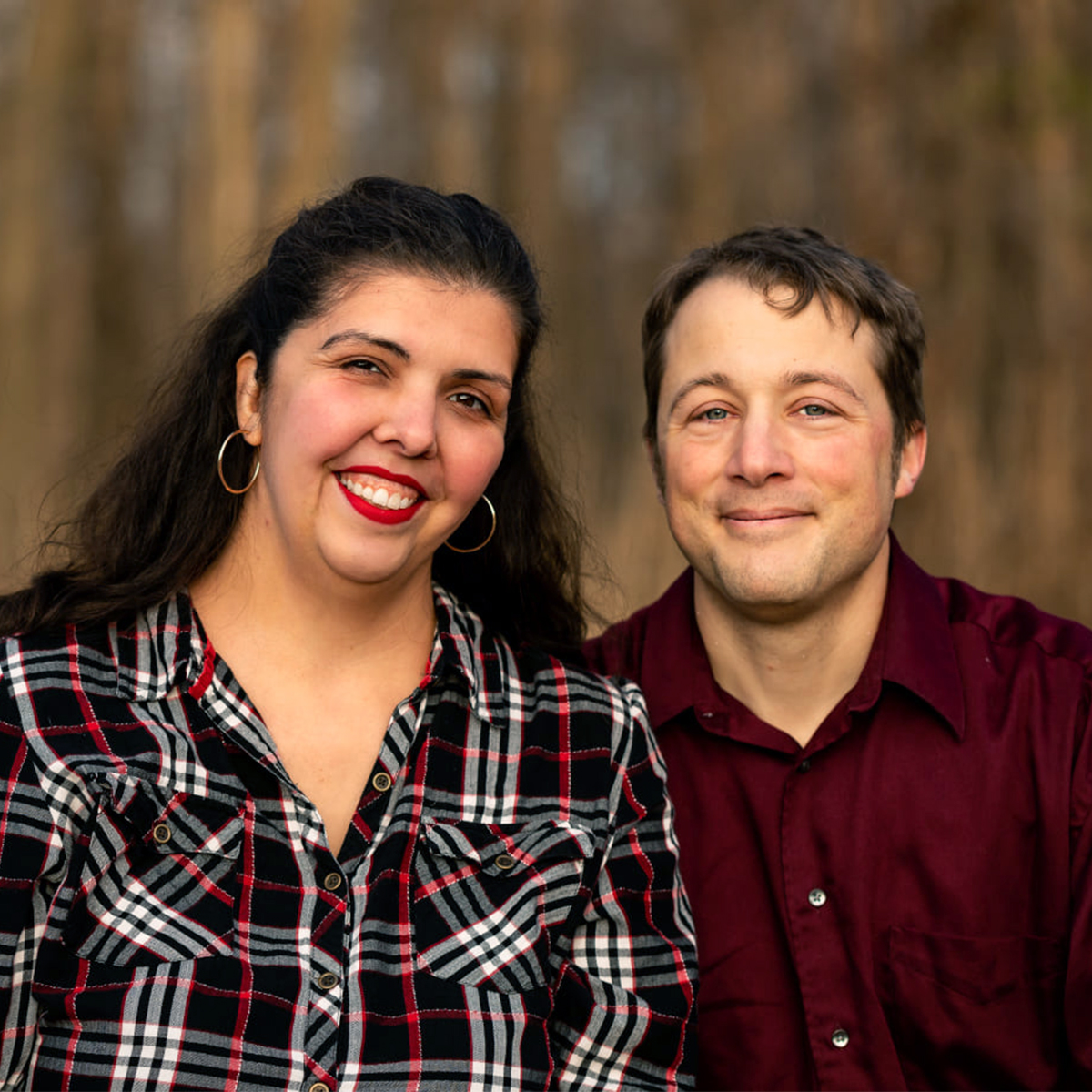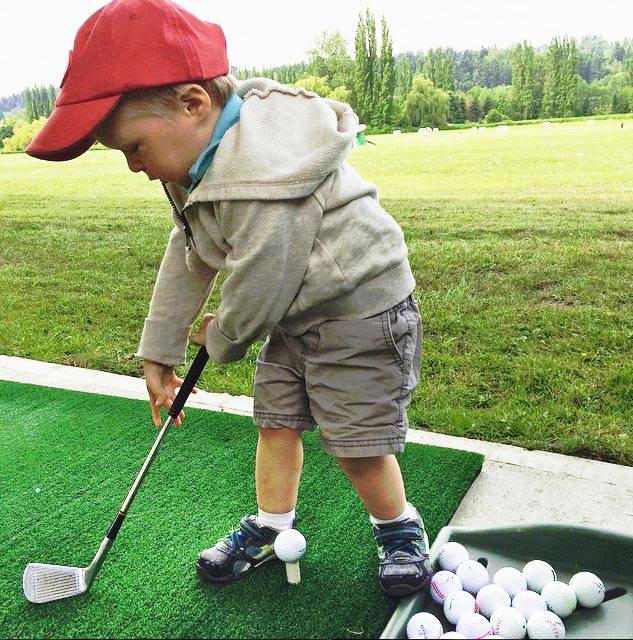
Mental Health
When you have a genetic condition, your physical health is naturally your first priority. But too often, affected people don’t tend to their mental health. This is critically important when dealing with a life-long condition. Mental health affects how we think, feel, and act. It also helps determine how we handle stress, relate to others, and make choices. It is important at every stage of life, from childhood and adolescence through adulthood.
-
Marfan Moms: The Ultimate Support Group
When my daughter, Gabriella, was diagnosed with Marfan syndrome at the age of five our family was forever changed in ways that were unexpected. There was a feeling of relief that finally came with having an answer for Gabriella's health…

Relationships
Relationships are always complicated. The diagnosis of a loved one with a life-long medical condition presents additional challenges. Needs and expectations change, whether the affected person is a parent, child, sibling, spouse, or partner. Communication all around is essential.
Quality of Life Resources

Pain Management
Marfan syndrome and related conditions are complex and progressive. People can now live a long lifespan, but it may not be pain-free due to the effects of surgery, increased stress on bones and joints, and other complications due to the diagnosis. Pain can prevent you from carrying out your daily activities – from work and school to hobbies and socializing, and even your everyday chores. There are many medical and nonmedical ways to reduce pain. While you may not be able to completely eliminate your pain, it is essential to find a combination of strategies that can help you enjoy a good quality of life.
Pain Management Resources

Physical Activity
Regular exercise improves both physical and emotional well-being and can be incorporated safely into the routine of people with Marfan syndrome. Each person should discuss their physical activity with their doctor to ensure they are exercising safely.
